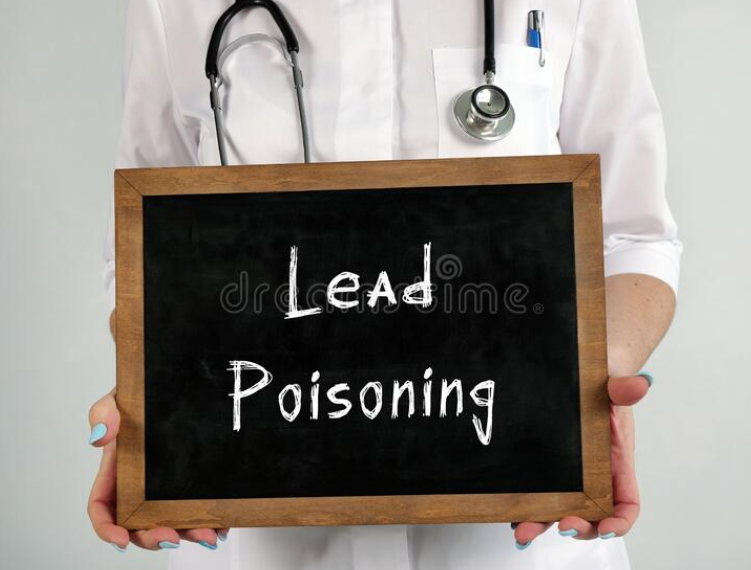Both organic and inorganic forms of lead can be found in the environment. Most air sources come from organic-based lead while burning leaded gasoline and industrial activities. Once the lead is released into the atmosphere, it can travel long distances before settling back down; this is known as the grasshopper effect. Since the ban of lead-based gasoline, blood lead levels dropped from inhalation dropped 13.7 mcg/dL to 3.2 mcg/dL in the United States (Needleman).
Lead also enters the soil through mining and smelting activities. Prolonged exposure to the atmosphere creates acid mine drainage. The soil pH mobilizes heavy metals and can leach into the surrounding soil/environment. Once in the soil system, lead particles can eventually make their way into the underground water supply. Lead is toxic to plants and animals. Once in the soil systems, lead can be president for long periods due to low degradation rates. Lead soil levels tend to accumulate and are usually high near industrial activities.

Needleman, H. History of Lead Poisoning in the World. https://www.biologicaldiversity.org/campaigns/get_the_lead_out/pdfs/health/Needleman_1999.pdf
United States Environmental Protection Agency. Learn about Lead. https://www.epa.gov/lead/learn-about-lead#:~:text=Lead%20can%20be%20found%20in,lead%2Dbased%20paint%20in%20homes